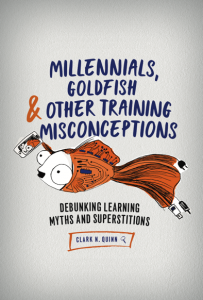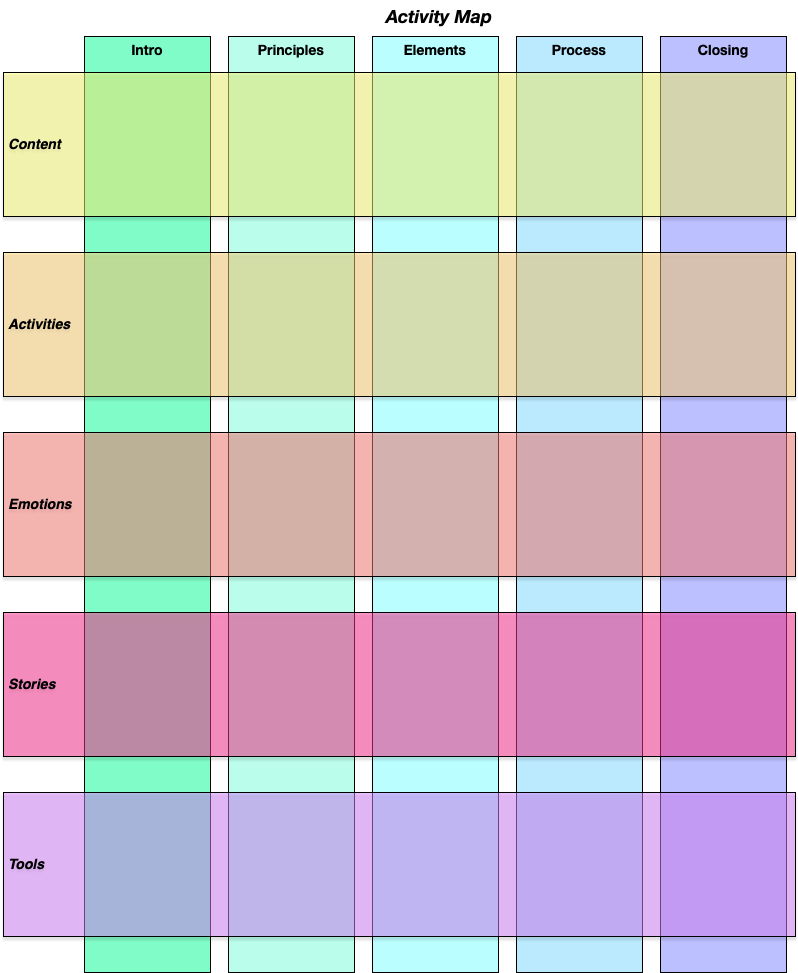In a perfect world, we’d spend all the time we want on learning. However, we don’t live in that world, we live in the real world. Which means our decisions are about tradeoffs. Which means we have to evaluate the case for paying attention to research. So here’s a stab at the case for learning science.
Learning is a probabilistic game. That is, there’s a probability that anything we’ve invested in learning will arise at the appropriate time. I’ll suggest that our brains have some randomness built into them, so there’s always a chance we’ll do things differently. Thus, in a sense, learning design is about increasing the probability that the right thing will occur.
And there are consequences. Say, for instance, that we want people to wash hands sufficiently. Then we might rightly work to increase awareness (along with making sure there’s soap, water, sinks, towels, etc) and the proper procedure. To do that sufficiently, say, takes X minutes of instruction.
Yet we may not have X minutes. Given the drain on resources, allocating that much time means the cost of the washing may be more than the cost of not. People not on the job for that time are an expensive resource. What’s a manager to do?
What we do all the time is make a probabilistic decision. We provide the rules in places where people might get their hands dirty, and we provide support materials (e.g. signs on the walls) in the places you wash your hands.
Most importantly, however, we make a determination of what’s a level of time that is going to likely do ‘good enough’. We’ll spend X-Y minutes, and make essentially a gamble that we’ll get 80% there, and the support materials will do the rest.
What this means is that since we’re not allocating sufficient time, we should be optimizing the quality of the learning design we apply. If they’re only getting X-Y minutes, that time should be as effective as possible. Which means we practice serious learning design, reflecting the best practices.
Quite simply, if you do less than use the best learning design principles derived from research, you’re decreasing the value of your investment in design time and learner time. And there are lots of ways we go wrong, whether it’s myths or just underinformed design. It’s a matter of professionalism as well. So let’s be smart and design smart. That’s the case for learning science. We owe it to our learners and our organizations.



